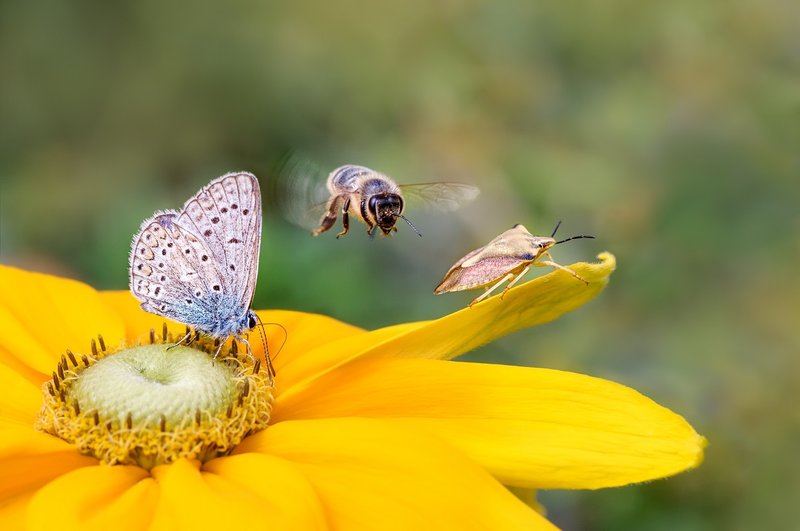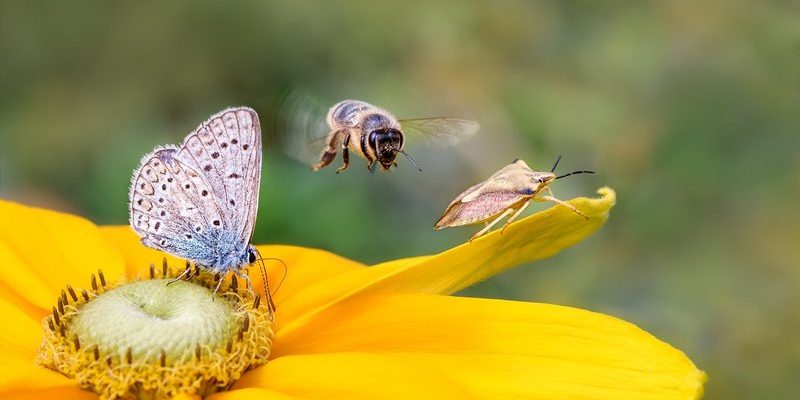
Stick insects, often mistaken for twigs or branches, are more than just clever mimics. They play important roles in their habitats, helping to maintain the balance of the ecosystems they inhabit. As temperatures rise and weather patterns shift, their survival depends on complex interactions within the environment. Let’s dive into how climate change is affecting these remarkable creatures and what it means for their future.
Understanding Stick Insects
You might be wondering, what exactly are stick insects? These fascinating insects belong to the order Phasmatodea and are known for their incredible camouflage. They can blend into their surroundings so well that they look like part of the plants they inhabit. This ability not only protects them from predators but also aids in their feeding habits. Stick insects mostly feast on leaves, munching quietly as they hang in plain sight.
There are more than 3,000 species of stick insects worldwide, ranging in size from just a few centimeters to over 30 centimeters long! They can be found in various habitats, from rainforests to grasslands. Some species are even nocturnal, coming out at night to feed and mate. This diversity highlights the resilience of stick insects, but it also makes them susceptible to changes in their environments.
So why should we care about stick insects? Their presence indicates a healthy ecosystem. When they thrive, it usually means the plants around them are doing well, too. But with climate change looming, the balance of these ecosystems is at risk, and that’s where we need to pay attention.
The Effects of Rising Temperatures
One of the most direct impacts of climate change on stick insects is the rise in temperatures. Many stick insect species thrive in specific temperature ranges. When these temperatures increase, their survival can be compromised. For instance, if a stick insect’s habitat becomes too hot, it might struggle to find food, reproduce, or even survive.
In addition, rising temperatures can lead to more intense droughts and heat waves. Stick insects depend on lush, leafy vegetation for nourishment, and if their food supplies dwindle due to extreme heat, they may face starvation. Just think about it: if you’re used to dining on a buffet of greens, what happens when the buffet starts to dry up? It’s not pretty.
Furthermore, rising temperatures can alter the timing of seasonal events. For example, if trees bud earlier due to warmer weather, stick insects that rely on these trees for food might miss out on that crucial food source. This misalignment can disrupt their life cycles, making survival even more challenging.
Changing Weather Patterns and Habitat Loss
Climate change also brings about unpredictable weather patterns. We’re talking about heavier rains, stronger storms, and unexpected cold spells. These changes can wreak havoc on the habitats where stick insects live. For instance, heavy rain can wash away their eggs or disrupt the delicate balance of their ecosystems.
When habitats are damaged by extreme weather, it can lead to habitat loss. Stick insects are particularly vulnerable because they rely on specific types of plants for both food and camouflage. As certain plant species die off or move to different areas because of climate changes, stick insects might find themselves without their preferred shelter and food sources.
Let’s not forget about urbanization, which adds another layer to habitat loss. As cities expand, they encroach on natural environments where stick insects thrive. This loss of habitat can lead to a decline in stick insect populations, which further destabilizes the ecosystems they help sustain.
Impact on Reproduction and Lifespan
Another critical aspect of climate change’s impact on stick insects is how it affects their reproduction. Many stick insects have a relatively slow reproduction rate. If environmental stresses increase, like extreme temperatures or habitat loss, they might not be able to reproduce effectively.
Changes in climate can impact mating behaviors, too. If temperatures are too high, it might affect the timing of mating seasons or lead to fewer successful matings overall. This can quickly result in declining populations, especially since many stick insects have long lifecycles, meaning they take time to grow and reproduce.
Moreover, the lifespan of stick insects may also be affected. Increased stress from environmental changes can lead to shorter lifespans. When these insects can’t live as long or reproduce effectively, it puts their populations at risk—much like a chain reaction.
The Role of Human Action and Conservation Efforts
Human activities greatly influence climate change, and this impact extends to the natural world, including our stick insect friends. Deforestation, pollution, and the burning of fossil fuels all contribute to the climate crisis. But here’s the thing: we also have the power to make a difference.
Conservation efforts can help protect the habitats stick insects rely on. Initiatives like reforestation and creating wildlife corridors can create safe passages for these creatures and promote biodiversity. When we preserve their natural habitats, we’re not just helping stick insects; we’re supporting entire ecosystems.
Public awareness is also crucial. Educating ourselves and others about the significance of biodiversity can lead to a greater appreciation for all organisms—stick insects included. When people understand how climate change affects these small but vital creatures, they may be more inclined to take action.
What Can You Do?
You might be thinking, “Okay, but what can I really do to help?” Here are a few simple steps you can take to make a difference:
- Reduce Your Carbon Footprint: Use public transport, bike, or walk when you can. Every little bit helps!
- Support Conservation Organizations: Get involved with or donate to groups that focus on habitat preservation and species protection.
- Educate Others: Share what you learn about stick insects and climate change. The more people know, the bigger impact we can create.
- Practice Sustainable Living: Use eco-friendly products and reduce waste. Simple choices can lead to big changes.
Small actions can lead to significant changes when enough people get involved.
The impact of climate change on the stick insect might not seem like a pressing concern at first glance, but these small creatures hold vital roles in our ecosystems. As temperatures rise and weather patterns shift, stick insects face challenges that could threaten their populations. By understanding these impacts and taking steps to minimize our footprint, we can contribute to their survival and help protect the delicate balance of nature. Remember, every little effort counts—just like every stick insect plays a part in its ecosystem. Let’s choose to be champions for these incredible creatures and the world we share with them.

